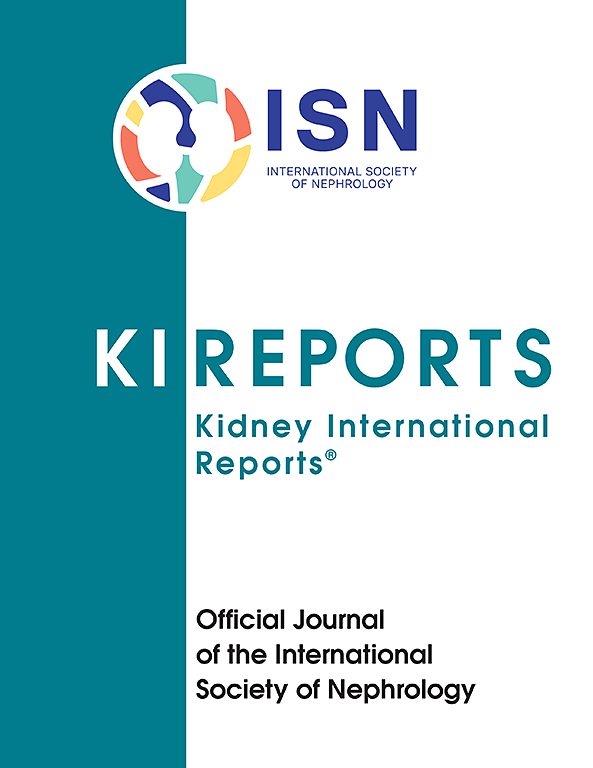Systematic Scoping Review of Socioeconomic Burden and Associated Psychosocial Impact in Patients With Rare Kidney Diseases and Their Caregivers
IF 5.7
2区 医学
Q1 UROLOGY & NEPHROLOGY
引用次数: 0
Abstract
Introduction
Rare kidney diseases constitute a significant public health challenge but have attracted limited research investment. The evidence about the socioeconomic burden of rare kidney diseases has not been systematically examined. Such evidence is critical for generating the advocacy and awareness necessary to impel scientific and policy investment in targeted care in health systems worldwide. We aimed to evaluate the socioeconomic burden borne by patients with rare kidney diseases, their families, and caregivers, and the related psychosocial impact.
Methods
We undertook a systemic scoping review of the recent evidence of the socioeconomic and psychosocial burden of rare kidney diseases, to identify gaps in the understanding of this burden across contexts and factors influencing them. Three databases and the grey literature were searched for relevant studies published in the 10 years before April 30, 2023.
Results
Fifty-three articles met the inclusion criteria; one-quarter of these articles included rare disease cohorts in which the kidney was the primary organ affected, and 91% of studies were conducted in high-income countries. Evidence of substantial life-long socioeconomic burden emerged across the following 4 main categories: education (n = 17 articles [32%]), work and employment (n = 40 [75%] articles), psychosocial and emotional impact (n = 17 [32%]), and out-of-pocket expenses (n = 15 [28%]).
Conclusion
Significant gaps in our understanding of the socioeconomic burden remain, particularly in lower-resource health systems, among traditionally marginalized populations, and for rare diseases for which kidney is the primary affected organ. Further exploration of socioeconomic burden within these populations is vital to inform effectively targeted investment in advocacy and health care innovation for affected individuals.

求助全文
约1分钟内获得全文
求助全文
来源期刊

Kidney International Reports
Medicine-Nephrology
CiteScore
7.70
自引率
3.30%
发文量
1578
审稿时长
8 weeks
期刊介绍:
Kidney International Reports, an official journal of the International Society of Nephrology, is a peer-reviewed, open access journal devoted to the publication of leading research and developments related to kidney disease. With the primary aim of contributing to improved care of patients with kidney disease, the journal will publish original clinical and select translational articles and educational content related to the pathogenesis, evaluation and management of acute and chronic kidney disease, end stage renal disease (including transplantation), acid-base, fluid and electrolyte disturbances and hypertension. Of particular interest are submissions related to clinical trials, epidemiology, systematic reviews (including meta-analyses) and outcomes research. The journal will also provide a platform for wider dissemination of national and regional guidelines as well as consensus meeting reports.
 求助内容:
求助内容: 应助结果提醒方式:
应助结果提醒方式:


